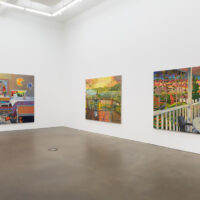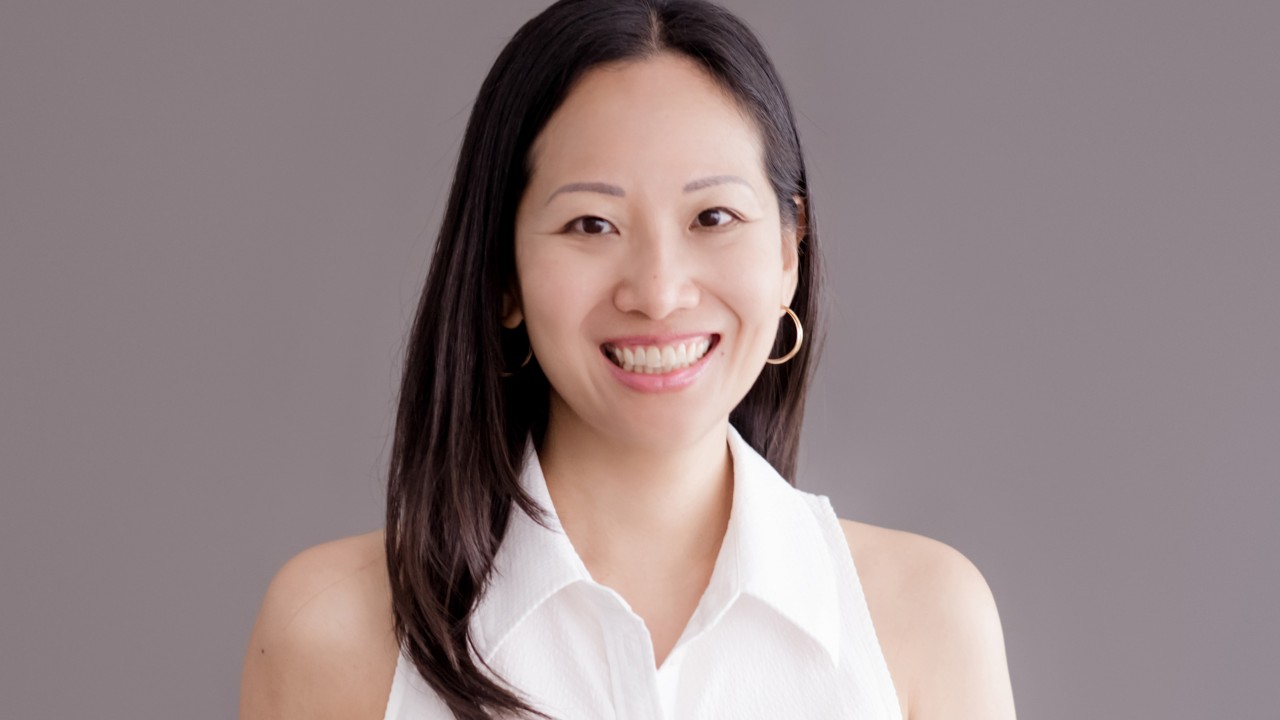The Organ of Destiny
2022 - Sculpture (Sculpture)
70 x 25 cm
Pratchaya Phinthong
Pratchaya Phinthong’s work has explored the mineral and karmic economies of Laos, a country that shares language, beliefs, and a long border with his own native region of Isaan (Northeast Thailand). The most bombed nation on earth, Laos still bears the physical and mental scars of the U. S. military’s epic aerial offensive, launched largely from bases in Isaan, during the Second Indochina War. Between 1964 and 1973 the US dropped an estimated 250 million cluster bombs on Laos. As much as 30% of them remain there in the ground, waiting to explode, despite sustained transnational efforts to clear them. In a series of works called The Organ of Destiny , lead and tin from munitions are recast, scaled, and polished to resemble the mirrors used in a breakthrough treatment for phantom limb syndrome, the debilitating pain experienced by many amputees. The artist takes inspiration from Canadian campaigner Stephen Sumner, who distributes mirrors from village to village by bicycle in neighboring Cambodia, training amputees in the therapy that cured his own phantom limb pain. In a parallel play of substitutions, the ‘scorched earth’ itself becomes a fluid resource, an avatar of resilience and regrowth modeled on the vegetation it nourishes. These tropical migrations of substance and spirit may seem distant, even exotic. But as Europe reels again from an indiscriminate brutality, war of a heaviness thought to have been consigned to history, Pratchaya reminds us of the larger circuits of metamorphosis and renewal that envelop us all.
Pratchaya Phintong’s works often arise from the confrontation between different social, economic, or geographical systems. They are the result of a dialogue, and bring all their poetic forces from an almost invisible artistic gesture. From his travels, the artists collects objects, materials, and stories that he assembles in his work. He often looks at gathering forms and matters that are opposite but that complete and correspond to one another.
Colors:
Related works sharing similar palette

© » KADIST
Noé Martínez
2019As he investigates the forms that slavery took through different events that occurred during the sixteenth century in the Huasteca region of Mexico, Noé Martínez tells, in a non-linear narrative, the history of human trafficking in Relación de tráfico de personas 1525-1533 I (Study of Trafficking of Persons 1525–1533 I) ...

© » KADIST
Dale Harding
2018Dale Harding’s installation Body of Objects consists of eleven sculptural works that the artist based on imagery found at sandstone sites across Carnarvon Gorge in Central Queensland...

© » KADIST
Felix Gmelin
2004Ambiguous Gestures takes as its point of origin a film Gmelin discovered in his father’s archive...

© » KADIST
Asier Mendizabal
2012Rotation presents the image of a crowd, a re-appropriation of 19th or beginning of 20th century photographs published in newspapers and magazines...

© » KADIST
Duane Linklater
2020silentstar, delicacy by Duane Linklater is a replica of a baby pink hoodie that the artist wore as a teenager, embellished with hand-painted elements and band patches...

© » KADIST
James "Yaya" Hough
2016This untitled ink and pencil drawing by James “Yaya” Hough is made on what the artist calls “institutional paper”, or the state-issued forms that monitor the daily activities of prisoners, of which, each detainee is generally required to fill out in triplicate...














